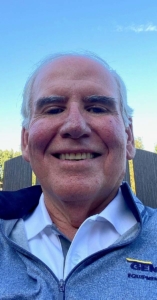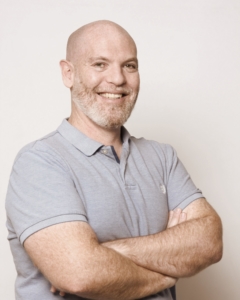We All Engage in Social Media
We All Engage in Social Media
In this week’s post, guest blogger Mets Kramer shares that we all engage in social media and this blog is just one example. Other platforms include Facebook, LinkedIn, and of course, the large number of websites we all visit for information.
As the digital world grows, we understand it is necessary to have a social media presence for our dealerships. We want people to see us and whatever online presence we create, we want it to have a positive impact on our business. In my last article, we looked at how to use metrics for your website, with a specific focus on using the information collected to understand your customers’ and visitors’ engagement with your digital dealership. Our goal for investing time and money into our online presence is to increase the engagement we have with our audience.
I’d like to look more closely at social media strategies. Each platform has its strengths and can contribute to your website traffic and engagement. There are 3 main things to consider when building your strategy: who is your Intended Audience, what kind of Content do you want to post, and lastly, a call to Action, or in other words, how do you want them to respond?
Your audience consists of both active and prospective customers, in addition to a large number of people who many have no need for your services. When developing your strategy, it’s important to consider who will see your social media posts on each platform and understand the demographics of these audiences. For example, joining small contractor groups on Facebook may get you a large audience of owner/operators who love equipment and are busy each day on site. LinkedIn has a more professional and corporate audience, with larger business decision-makers or influencers. It’s important to understand who the audience is when determining what kind of content, you want to show them. We all can appreciate the effort in personalized messages, on a card or in an email greeting; this is no different for social media, be personal.
The second aspect to consider is content, which can include product images (equipment for sale), application content (showing the product at work), general information to educate your audience or pure branding content so the audience becomes familiar with your company’s “face”. Remember social media is social. This means that all the content you post, needs to also focus on you or celebrating people in your business. When you can associate a person with your online content, it helps your audience build a social connection with your business. In your digital marketing strategy, the goal is to build a virtual experience between your dealership, you and your audience; both active and prospective customers. All this to say, if you’re only posting images of your inventory with no links to your website, you are not successfully building a social connection within your online presence.
This brings us to the final aspect of engaging in social media: the call to action. What is the action you want your audience member to take after seeing your content? This is where the strategizing comes in. It is imperative to create content that motivates potential clients to move away from “doomscrolling” and drive them to your website. Doomscrolling can be defined as mindlessly scrolling through news articles, social media posts, or other content on sharing platforms.
So, what is your call to action?
Decide if you want your viewer to click on the content and be redirected to your website so you can further engage with them, or do you want a direct response? An example of a direct response is posting an image of a machine you have for sale, with pricing details and contact information. Here, the call to action is “Call me to buy this machine”. This type of strategy has been shown to be very effective on platforms like Facebook where you have groups of contractors, but it’s generally frowned upon on LinkedIn. A more strategic approach on a platform like LinkedIn, would be to have the viewer click on your post, directing them to your website. Now, you have the opportunity to present your dealership fully, presenting all the aspects of your business and focusing the user to think about how your dealership can meet their needs.
In conclusion, the main objective for any strategy should be a call to action. We invest time and money in social media platforms to redirect our audience members to the right place: generally, your website. If you can construct each post with the knowledge of the kind of audience you are marketing and a clear expectation of what you want their response to be, it will help you determine the kind of content you should post. If your audience is full of buyers, show them something to buy. If your audience is full of influencers, build a connection, build your brand and drive traffic to your website so they get the full picture.
One last note. Find a social media management app to execute your strategy. Check out Hootesuite, Social Pilot, Buffer, Sendible and others.






